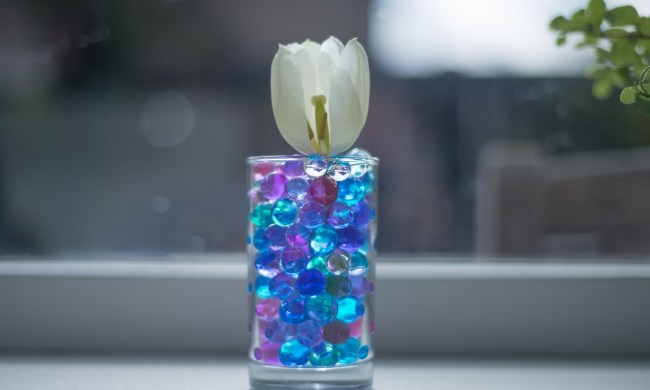You won’t necessarily need to stop gardening altogether once winter comes around. Understandably, cold weather can be a strain on plants since frost can slow down plant growth and even kill plants. However, many vegetables can actually survive and grow in winter conditions. With some planning and protection, plenty of root veggies and leafy greens are winter hardy. Keep reading to learn how to ensure your greens survive the winter and discover the hardiest vegetables that grow in winter.
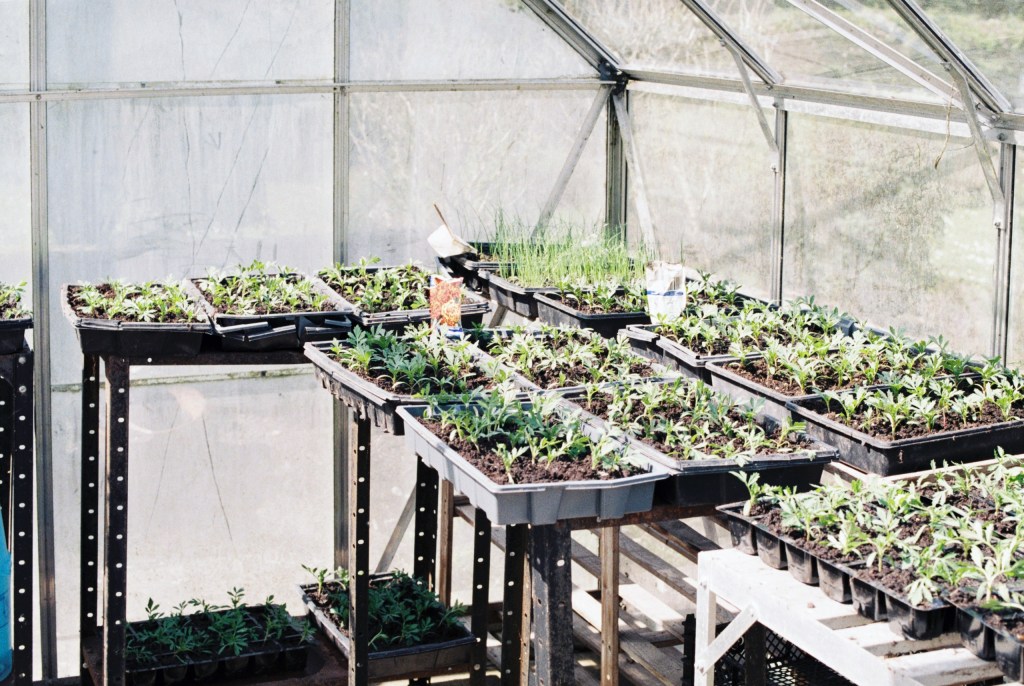
When to start planting
Planting winter vegetables may be a challenge depending on where you live. If you live in a colder area, it might be best to start your seeds indoors and wait for the temperatures to warm up before transplanting them outside. As a rule of thumb, put your seeds outside a few weeks before the first frost of the season. You can also start seeds indoors a couple of weeks before the last frost.
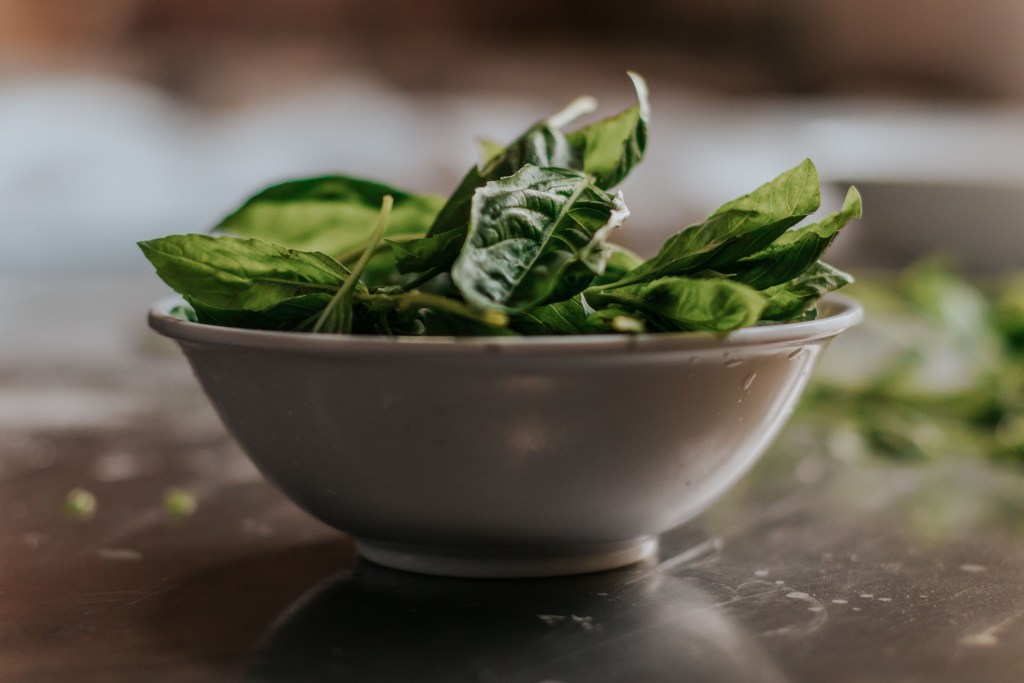
How to protect your winter vegetables
Over the winter, you might need to bring in extra reinforcements to protect your vegetables. The first method is to install a small greenhouse to guard them against frost. Not every home gardener has the space for a greenhouse, but having a physical structure can insulate heat and protect your plants from precipitation, wind, and pests. Floating row covers can also serve the same purpose, essentially acting as mini greenhouses. Likewise, placing frost blankets and cardboard covers over your plants will help them stay alive in the cold.
A more natural means of protecting your plants is using mulch. Layering coarse compost and straw over your seeds and bulbs or around your plants can be helpful. Straw bales, as they decompose, can also generate heat.
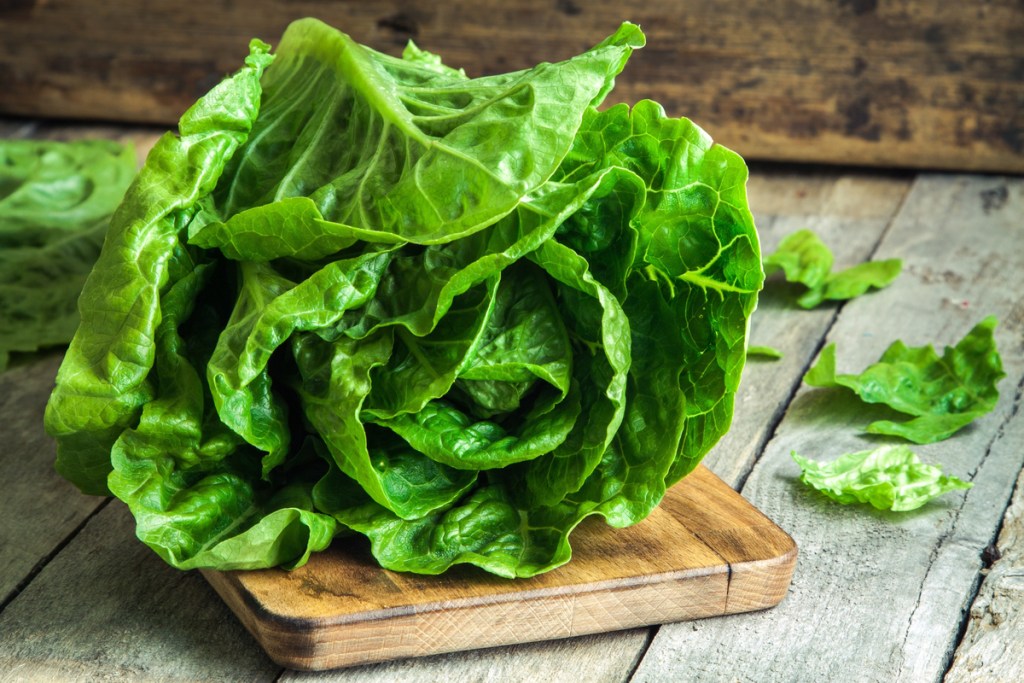
Which vegetables to grow in winter
So which plants can you actually grow in your winter garden? Here are a few vegetables that typically do well for gardeners in cold weather.
Garlic
Garlic is a frost-resistant bulb that will thrive in cool temperatures as long as the ground isn’t frozen. It doesn’t require much room or attention, making it a reliable plant for many home gardens. In fact, it’s best not to water until the shoots start poking up. While it’s winter-hardy down to 50° F., it will also thrive in sunny areas beneath mulch.
Spinach
Mature spinach is hardy down to 25° F., though most plants will prefer temperatures above 40° F. Give your spinach crops nitrogen-rich compost and lots of water. You can plant it in spring and autumn, but it’s even suitable for winter growing in many areas.
Kale
Plant cold-hardy kale six to eight weeks before your first frost. As long as your temperature doesn’t dip below the teens, the cold weather actually brings out a sweeter flavor in kale. For added security, mulch mature plants in the autumn and move young seedlings to a greenhouse.
Lettuce
Sow lettuce seeds six to 10 weeks before the first frost, then harvest them one to three months later. You can also start them in January or February if the temperature allows; lettuce can thrive in temperatures upwards of 45° F. Capable of withstanding light frosts, lettuce plants enjoy plenty of water and fertile soil. In heavy frost, consider protecting them with a row cover or in a greenhouse. You can harvest leaves or cut off a whole head from the bottom with a knife.
Cabbage
Cabbage can tolerate moderate frosts, but it will appreciate row covers for protection from freezes. (That said, a light frost can even sweeten the flavor of your plant.) Start your seeds in September and harvest them around early winter. As you grow cabbage, just keep an eye out on insects who might like to munch on it.
Broccoli
A frost-tolerant vegetable, broccoli does well in cool temperatures, capable of germinating in temperatures above 40° F. Sow it 10 to 12 weeks before the first frost and harvest it in early winter. Make sure to pick your broccoli head before it flowers.
Peas
Peas prefer mild and cool conditions, capable of withstanding freezing temperatures. You can start peas in November and February. Poke seeds an inch or two deep into rich soil and install a stake or trellis to support vining plants. Make sure to watch out for birds that may be eager to snack on them.
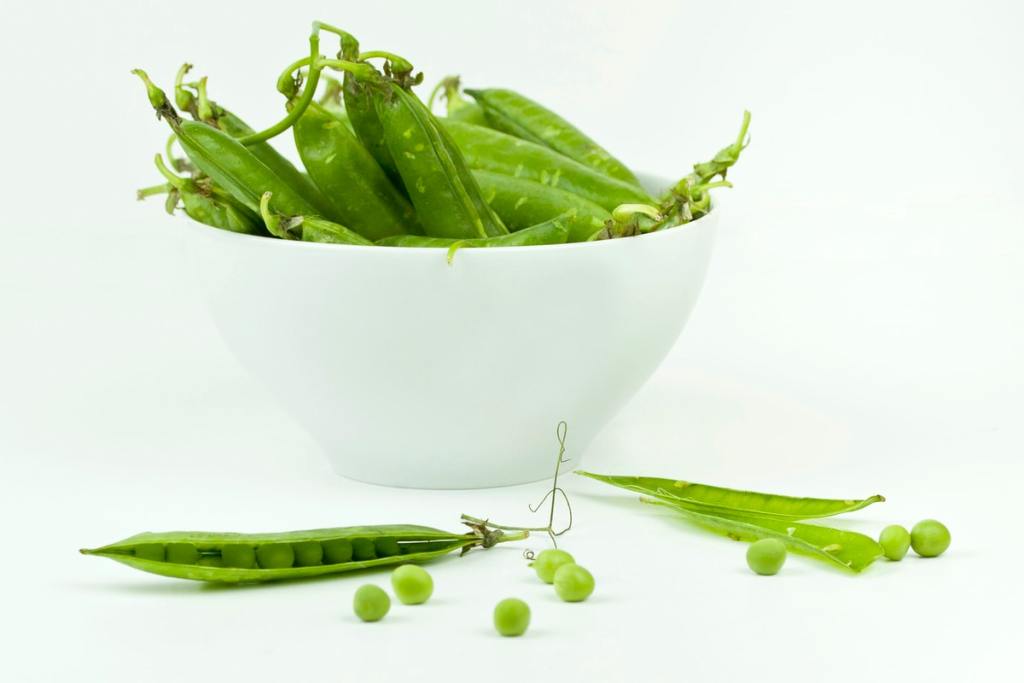
Winter can be a rough time for plants, but that doesn’t mean that you have to give up on your garden during its entirety. With some scheduling and precautions, you can ensure that your cold-weather crops thrive, and you’ll be rewarded with some delicious, hearty plants as a result!



